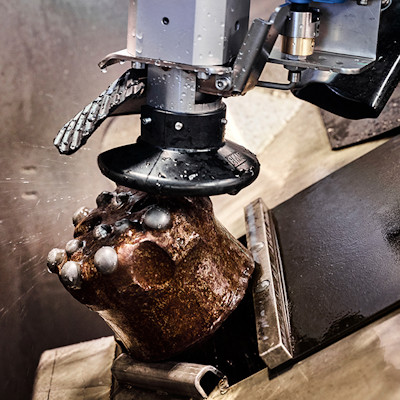Sandvik Rock Tools way to build circularity
Circular economy and circularity
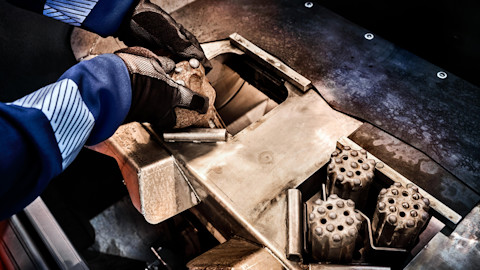
The European Parliament defines circular economy, also referred to as circularity, as a model of production and consumption, which involves sharing, leasing, reusing, repairing, refurbishing and recycling existing materials and products as long as possible. Circular economy is the opposite to linear economy. In linear economy, natural resources are turned into products which are ultimately destined to become waste because of the way they have been designed and manufactured.
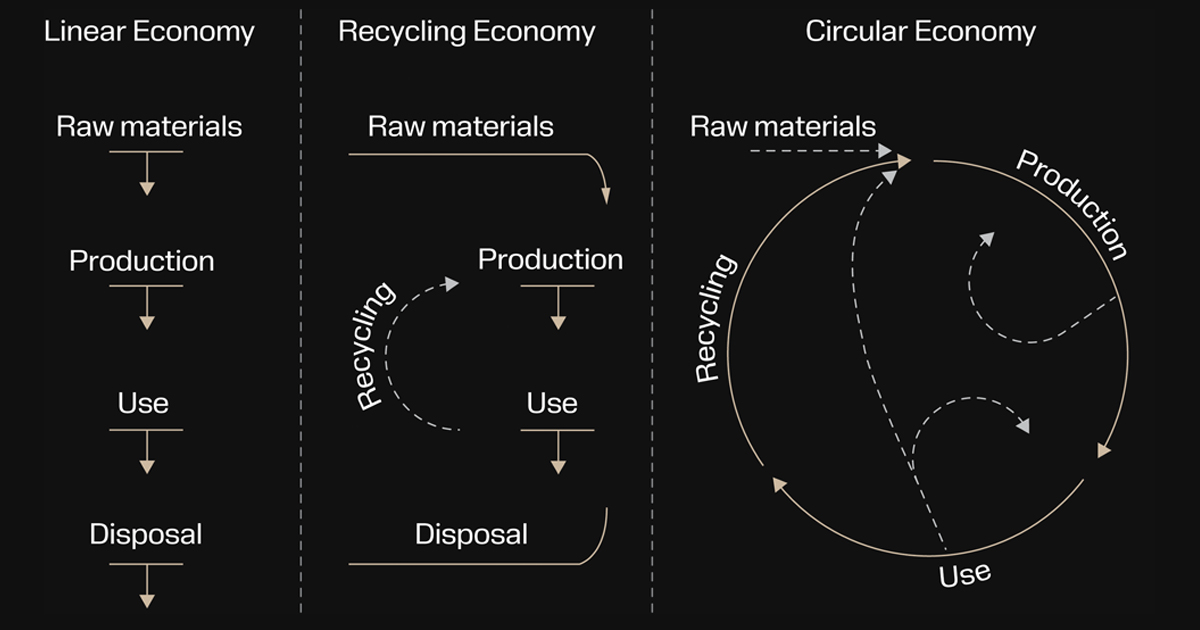
What do we mean by circularity?
Building circularity is our way to make sure that raw material and other resources are used in an efficient and sustainable way and that our products are recycled when they reach end-of-life.
Building circularity also means that we work to prolong the service life, use recycled material, design products and develop processes that make recycling easier.
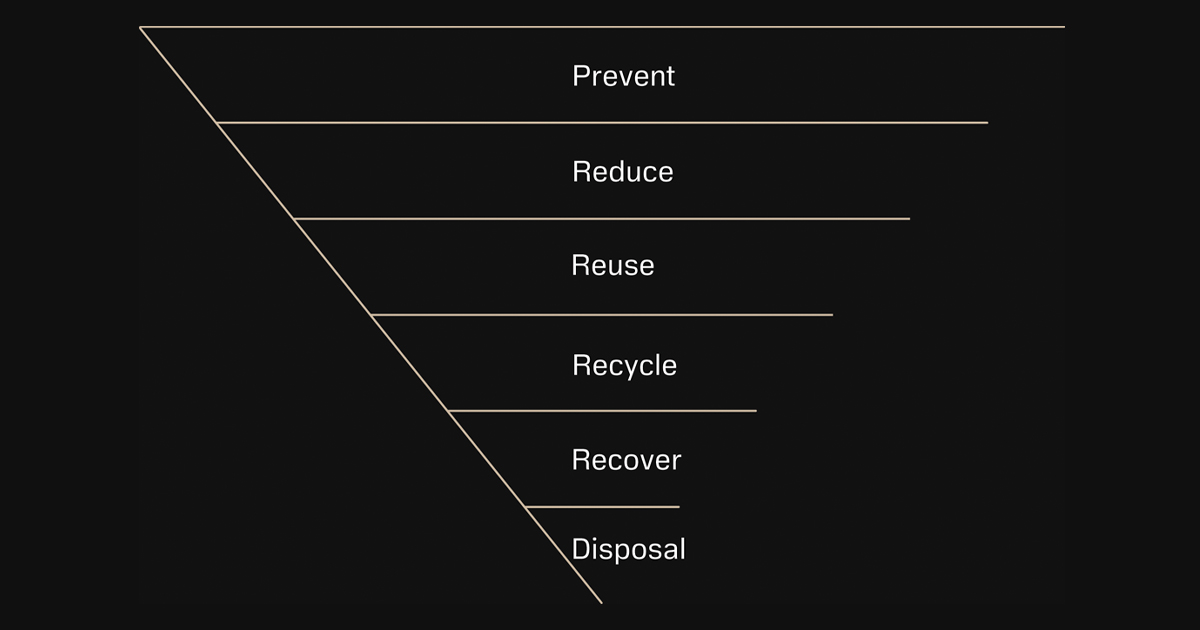
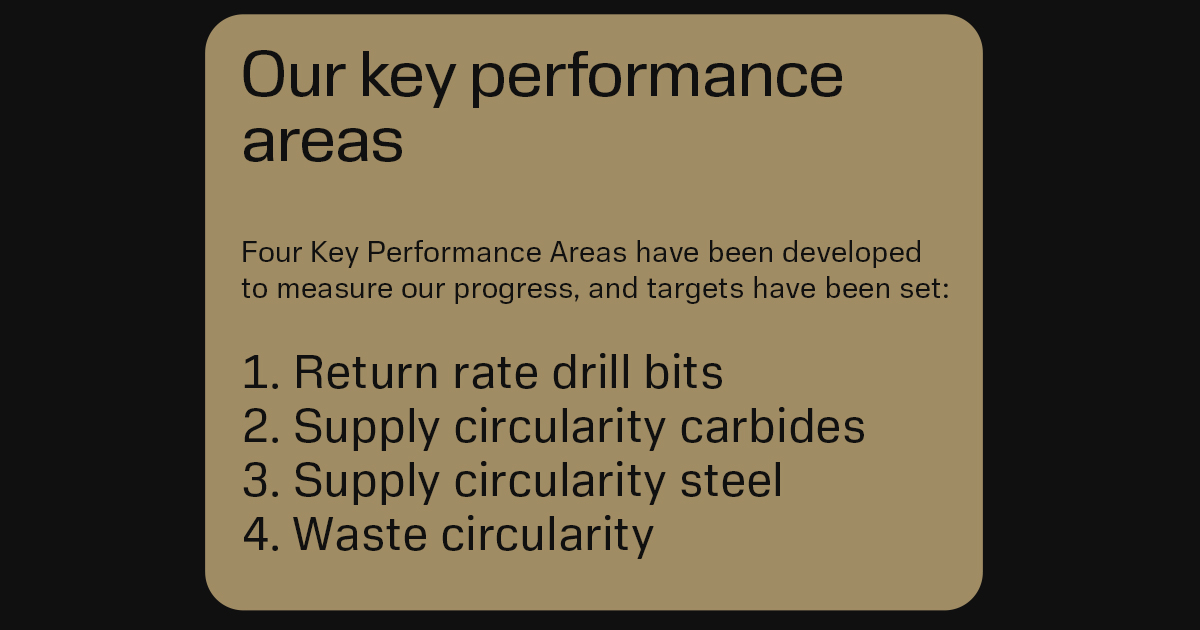
Waste circularity
The waste hierarchy guides us when improving Rock Tools Waste circularity. Preventing and reducing waste is our first priority and therefore we focus on increasing raw material yield and preventing the emergence of all types of waste.
Return rate drill bits
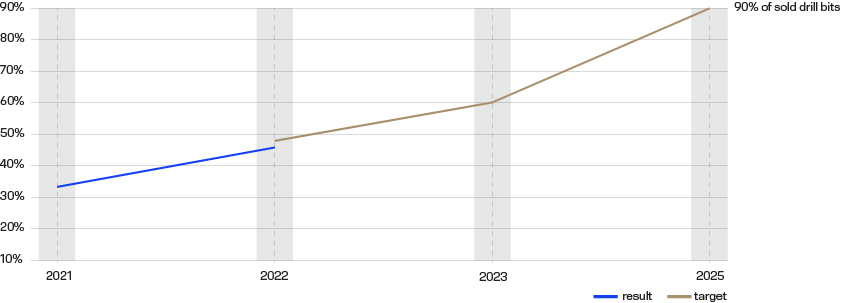
Buy-back program
For the recycling process to be possible, our tools must be returned to us. The Buy-back program is a return system where Sandvik Rock Tools buys back used drills from customers.
From 2023 customers actively have to choose not to be part of the program. The tool’s steel and carbides are then separated and recycled using different methods.
Key Performance Indicator (KPI) definition
The KPI ”Return rate drill bits” is the number of drill bits sold by Sandvik Rock Tools that are returned via the Buy-back program for recycling.
Result in 2022
In 2022, 46% of drill bits sold by Rock Tools were returned to us via the Buy-back program and that was very close to the target of 48%. The reason that we did not fully reach the target was a combination of the difficult global freight situation at the beginning of the year and a delay in distribution of our extraction units to the local markets.
Focus in 2023
More extraction units will be distributed to the local markets and we expect a significant increase in collection of used bits during the year. The target for 2023 is that 60% of sold drill bits should be returned via the Buy-back program.
Carbide recycling
Have you heard about the Rock Tools Carbide recycling program? It helps create a secure source of scarce minerals, lowers environmental impact, and reduces waste. It is completely free – you even get paid for the collected minerals.
Our recycling program supports Rock Tools goal of building circularity. This is one crucial action that ensures that raw materials are used efficiently and sustainably and that our products are recycled when they reach end-of-life.
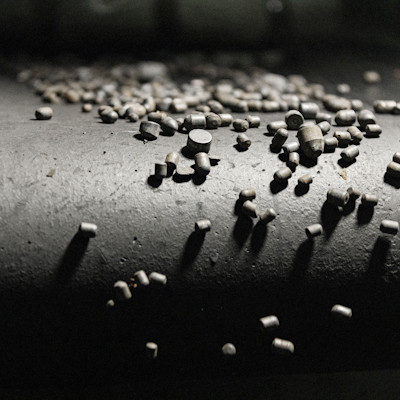
Supply circularity carbides
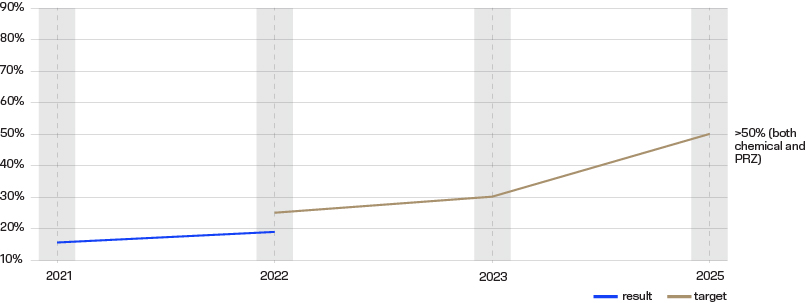
Key Performance Indicator (KPI) definition
“Supply circularity carbides” is a KPI which describes the weight percent of recycled hard material in the carbides used in Sandvik Rock Tools drill bits.
How do we achive this?
Cemented carbide is a key component for Sandvik Rock Tools products and a well-integrated component in our circular sustainability work. Our focus has so far been on carbide recycling. Currently, Sandvik Rock Tools can recycle carbides through two processes – Zinc Recycling Process (PRZ) or chemical cleaning. With the recently developed chemical cleaning process, we can now recycle carbides back to basic raw materials with the same quality and properties as virgin raw materials. This generates a >64% CO₂ reduction and >70% energy consumption reduction compared to mining minerals needed to produce cemented carbide. This goes hand-in-hand with how Sandvik Rock Tools wants to run a sustainable business.
Result in 2022
During 2022, 19% of recycled hard material was used in the production of cemented carbides for Rock Tools drill bits. This means that the target of 25 % was not reached, as not enough material was returned to our facility in Austria.
Focus in 2023
More extraction units will be distributed to the local markets and we expect a significant increase in extraction of cemented carbide during the year. Furthermore, extraction units for larger top hammer bits and DTH will be launched during the year and extraction units for rotary bits and raise boring cutters are under development. The target for 2023 is that 30% of the cemented carbides used in Sandvik Rock Tools production should be recycled material.
Supply circularity steel
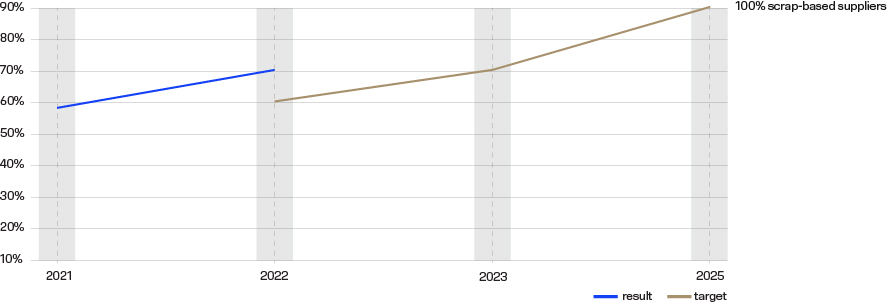
Key Performance Indicator (KPI) definition
The KPI “Supply circularity steel” describes the weight percent of steel Sandvik Rock Tools source from scrap-based steel suppliers
How do we achive this?
Production of steel stands for approximately 7% of the total greenhouse gas emissions in the world. Today there are two different ways to produce crude steel: reduction of iron ore in a blast furnace or smelting steel scrap in an electric arc furnace. Recycling steel scrap is important when building circularity and the steel recycling process has a lower climate impact then today’s process for reduction of iron ore.
Sandvik Rock Tools sourcing organization has mapped all steel suppliers to find out what type of production route they have. The suppliers were also asked to share their scope 1, 2 and upstream scope 3 emissions with the purpose to create a baseline for the total GHG emissions from the steel used in Sandvik Rock Tools drill bits. We work closely with our steel suppliers to make sure that they have ambitious targets and plans to reduce their climate impact. To increase steel circularity, we strive to procure steel from scrap-based suppliers (EAF route).
Result in 2022
In 2022, 70% of the steel used in Sandvik Rock Tools drill bits was sourced from scrap-based (EAF route) steel producers, so the target of 60% was achieved.
Focus in 2023
During 2023, we will start to evaluate alternative scrap-based (EAF route) steel suppliers in the countries where our suppliers have an ore-based production process.
The evaluation and approval process will take some time, so we do not expect that changes in suppliers will take place during 2023. The target for 2023 will therefore be 70% sourced steel from scrap-based (EAF route) suppliers.
Waste circularity
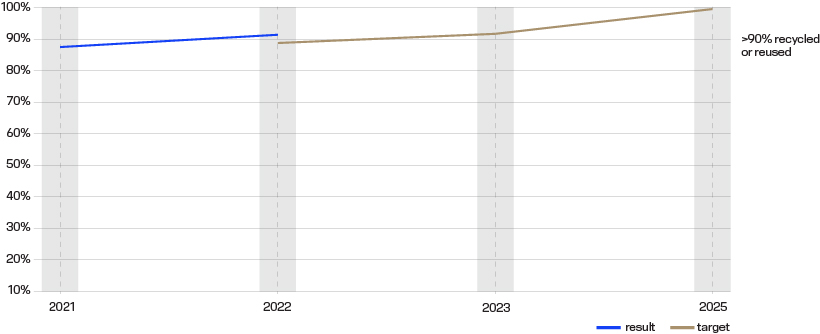
Key Performance Indicator (KPI) definition
“Waste circularity” is a KPI that describes how much of Sandvik Rock Tools generated waste that is reused or recycled.
How do we achive this?
The main part of Sandvik Rock Tools waste is production-generated steel scrap. To reduce steel scrap, the most prioritized approach is to prevent it from occurring in the first place. If steel scrap is avoided, the production steel yield is increased. However, Sandvik Rock Tools is also actively preventing the generation of other waste materials, such as waste cutting fluids in CNC machines.
Result in 2022
In 2022, 91% of the waste generated by Sandvik Rock Tools was reused or recycled which means that the target of 88% was achieved.
Focus in 2023
The focus for 2023 is to prevent waste generation by for example increasing yield and improving the sorting of the generated waste. In one of Sandvik Rock Tools production units, a new system for sorting steel scrap based on the alloy content in the steel will be implemented. The target for 2023 will be the same as the result for 2022: 91%.
Grinding
One way to enhance productivity and service life for Rock Tools products is by re-sharpening our drill bits through grinding. It is an upgrade of the bit, which is visualized in the figure below. By regrinding the drill bits regularly, the length of their service life can increase by up to 10 times. Careful maintenance of the cemented carbide inserts in drilling tools improves almost all rock drilling parameters and ensure a more efficient and resourceful drilling experience with reduced operating cost.
